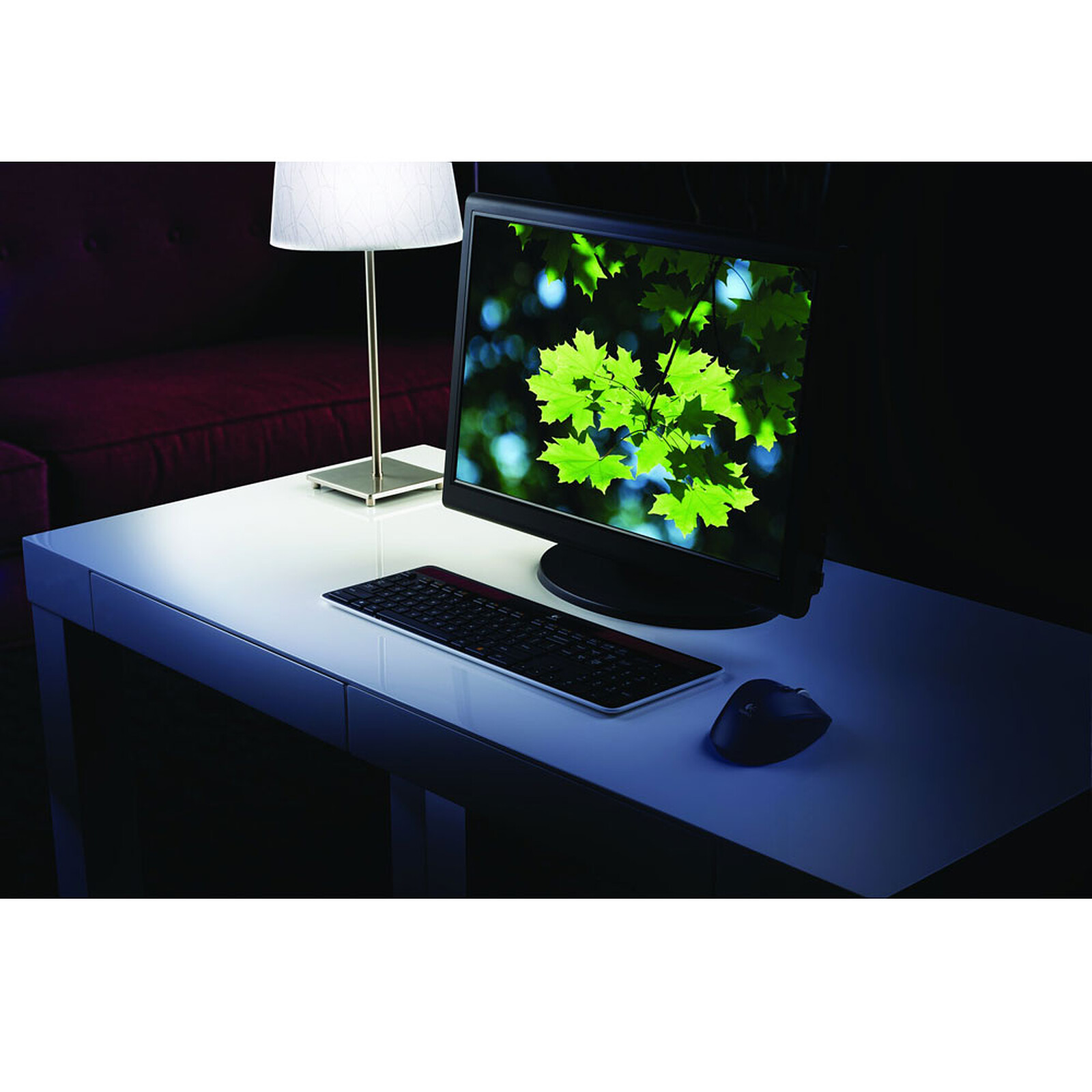

Unfortunately, it is not unfortunately, because this very important asset in my eyes only slightly compensates for the weaknesses of the manufacture. The great strength of this keyboard is that it charges via its solar collectors, as you probably already know both economical and ecological, for me this should be the norm. The K750 is a great example of how solar technology can be effective - now we just need to see it implemented on a killer keyboard.Almost unique on the market and that's a shame The simple design isn't geared for comfort, and the lack of dedicated media keys and plasticky build quality leave you wanting more.Īt £65 you have to ask is the convenience and minimal running cost of the solar panels worth the original outlay? In our estimation, probably not. Our time with the keyboard has proven the solar-powered charging to be excellent, but while the headline feature works exactly as intended, the keyboard is lacking in other areas. Outfitted in a sleek, ultra-thin frame, this is a visually-impressive keyboard that manages to seamlessly integrate a recharging mechanism that's useful in the real world. We've got to applaud Logitech for its innovative use of solar panels, and in that regard, the K750 keyboard succeeds in making regular battery hassles a thing of the past. On this evidence, you'd have to keep the K750 confined to a dark room for months on end to have it gasping for light. It's fun to see the numbers swap and change in varying light conditions, and the app serves its purpose of allaying any concerns of battery life.

On a desk in a moderately-lit room, the keyboard measured light intensity at 86 Lux, but lifting the keyboard 2ft closer to the ceiling promptly raised that reading to 98 Lux. The optional Windows-only app indicates exactly how much light is being received by the solar panels, and illustrates how sensitive the panels actually are. A green light tells you you're good, and a red light indicates that light intensity is being measured at under 50 Lux.Įxpanding on the readings for those who're curious, Logitech also bundles a Solar App that provides a more granular look at the condition of the ML2032 battery. What's useful is that the keyboard has a hardware on/off switch to help preserve the battery during extended periods with no use, and a "Check Light" key is on hand to indicate whether or not the lighting conditions are sufficient to recharge the battery. With the keyboard kept in a moderately-lit room in the day and darkness in the night, we've yet to see the battery life indicator drop below 100 per cent.

#Logitech wireless solar keyboard k750 and mouse full
Logitech claims that a full battery "stays charged for at least three months in total darkness", and our time with the keyboard suggests that those claims probably aren't far from the mark.

It's important to note, however, that the K750 isn't powered directly by the sun - it instead uses light (either natural or artificial) to keep an integrated Manganese Lithium button-cell battery topped up at all times. The K750's claim to fame is that it features integrated solar panels that eliminate the hassles associated with replacing or recharging traditional AA batteries.


 0 kommentar(er)
0 kommentar(er)
